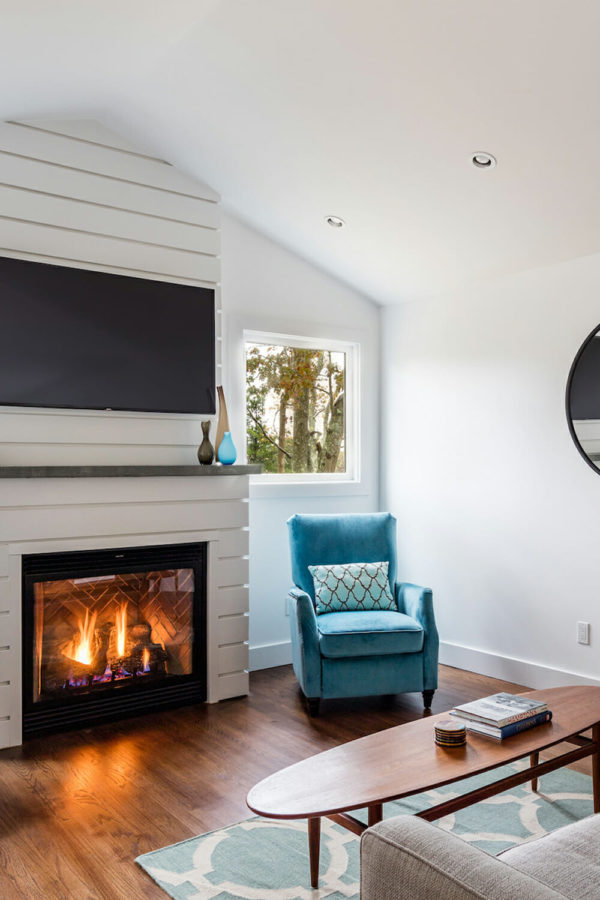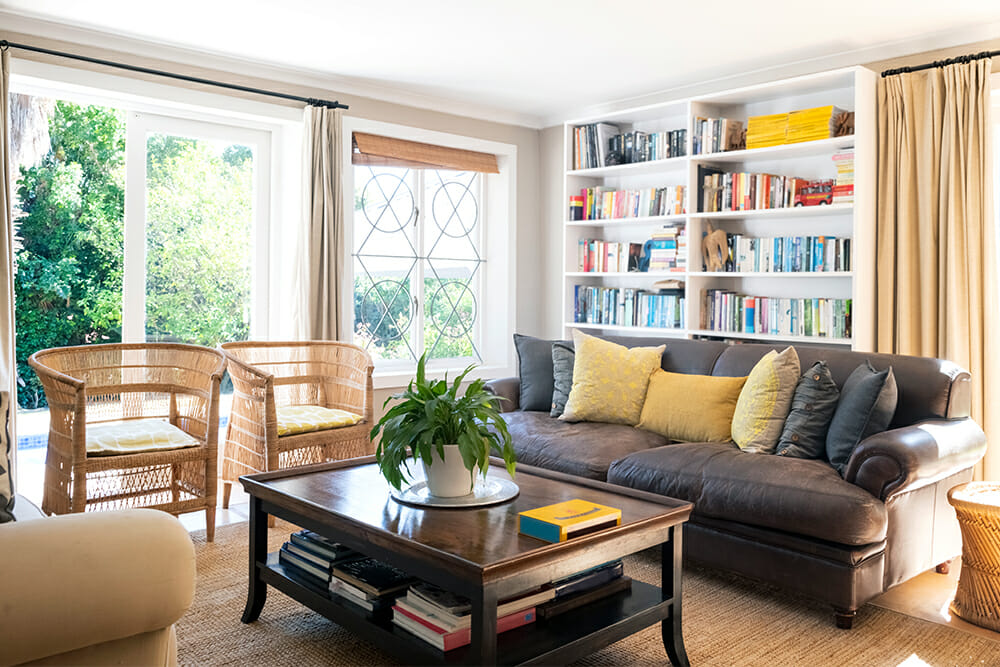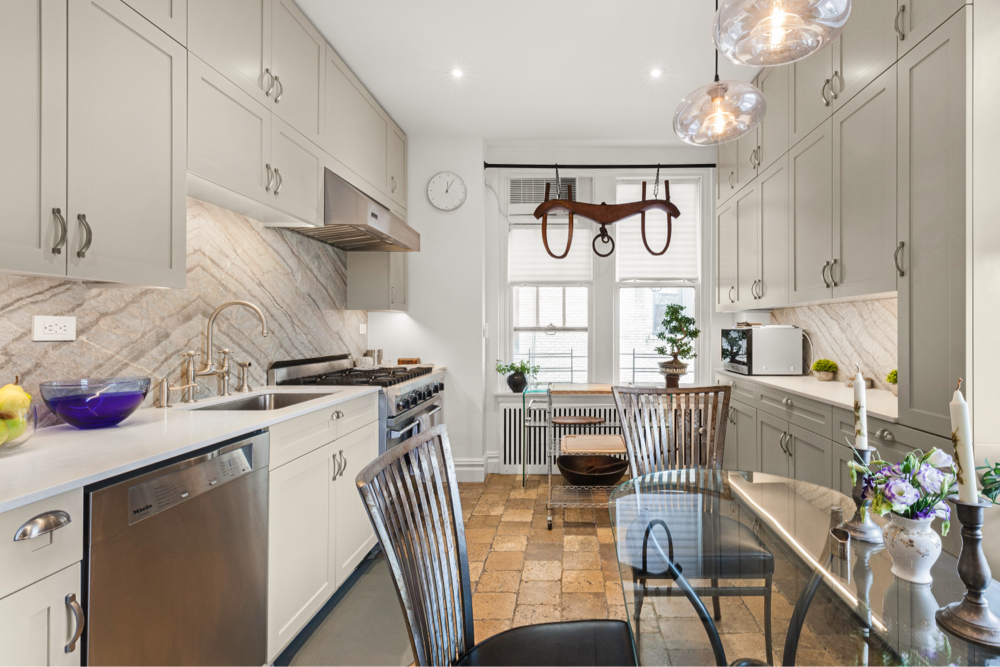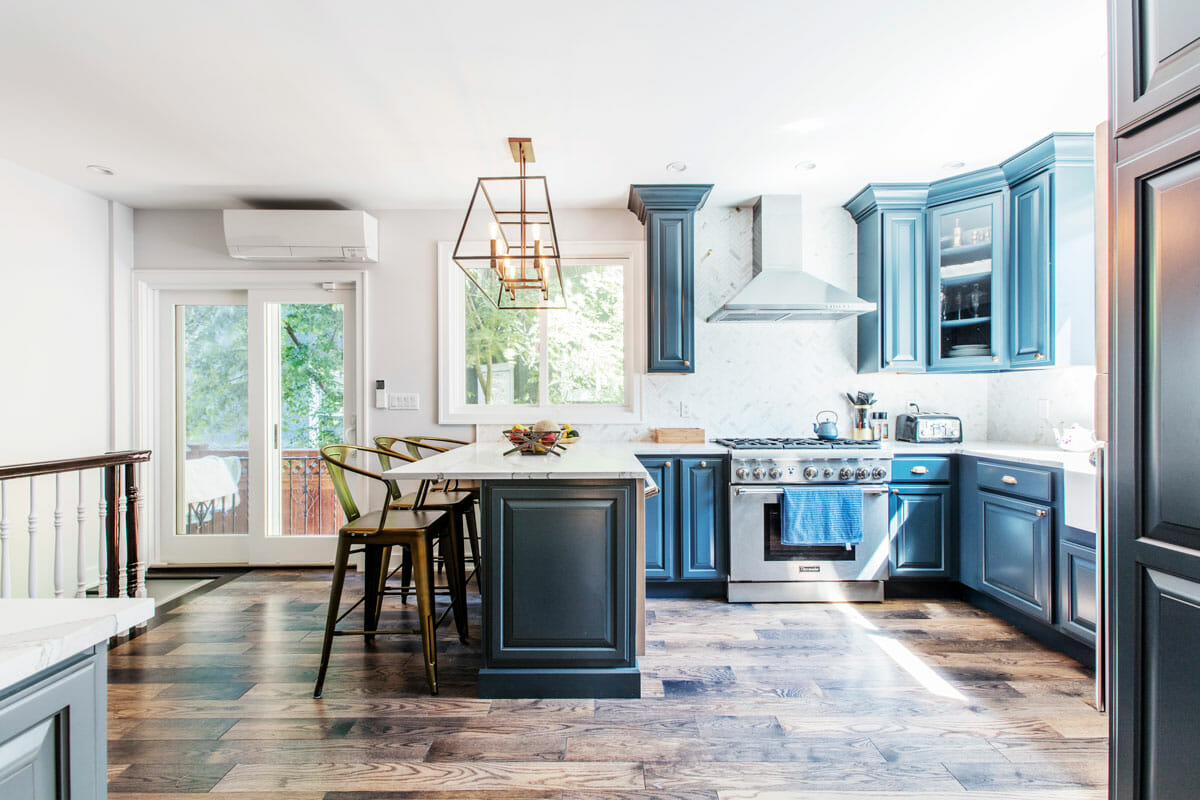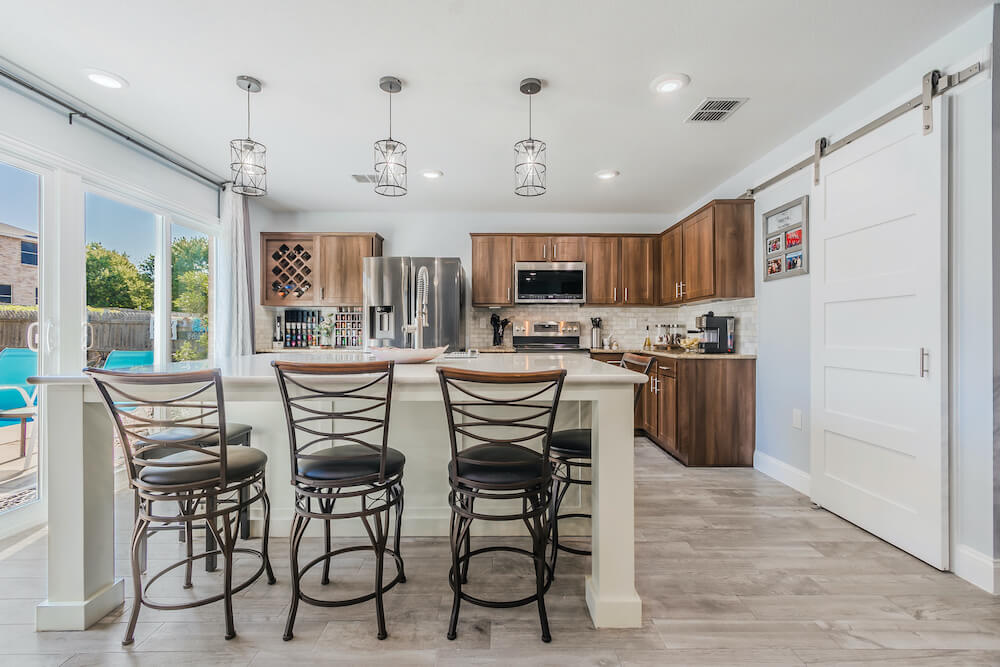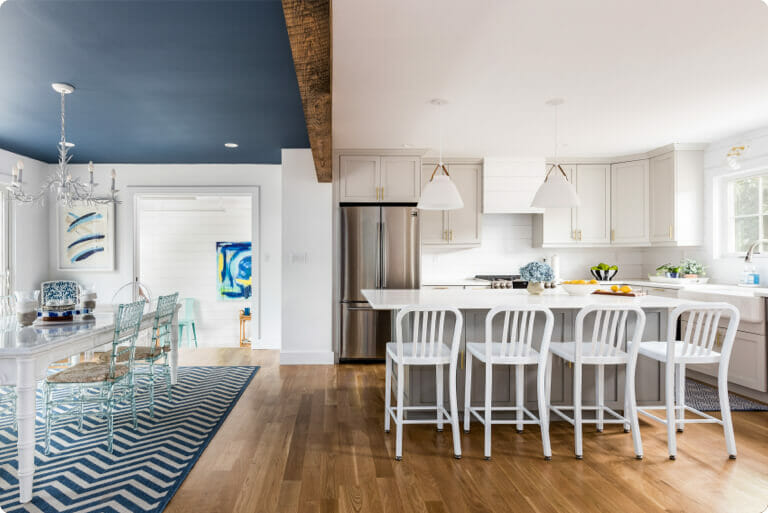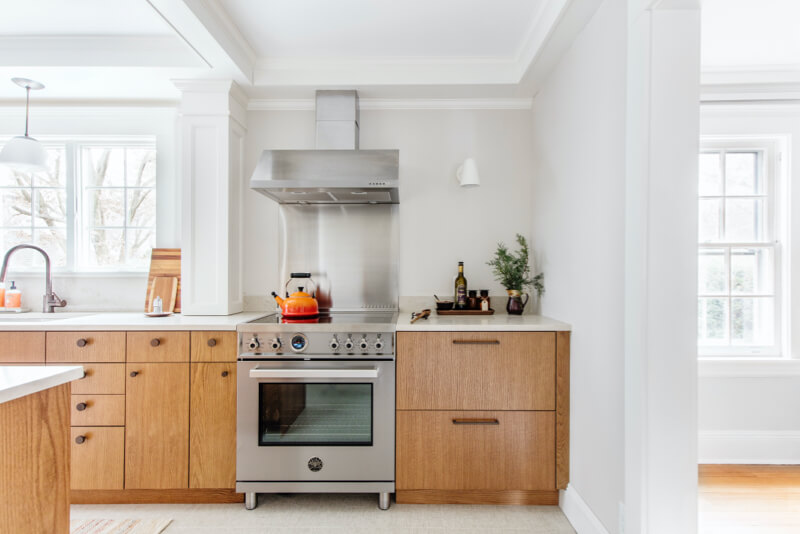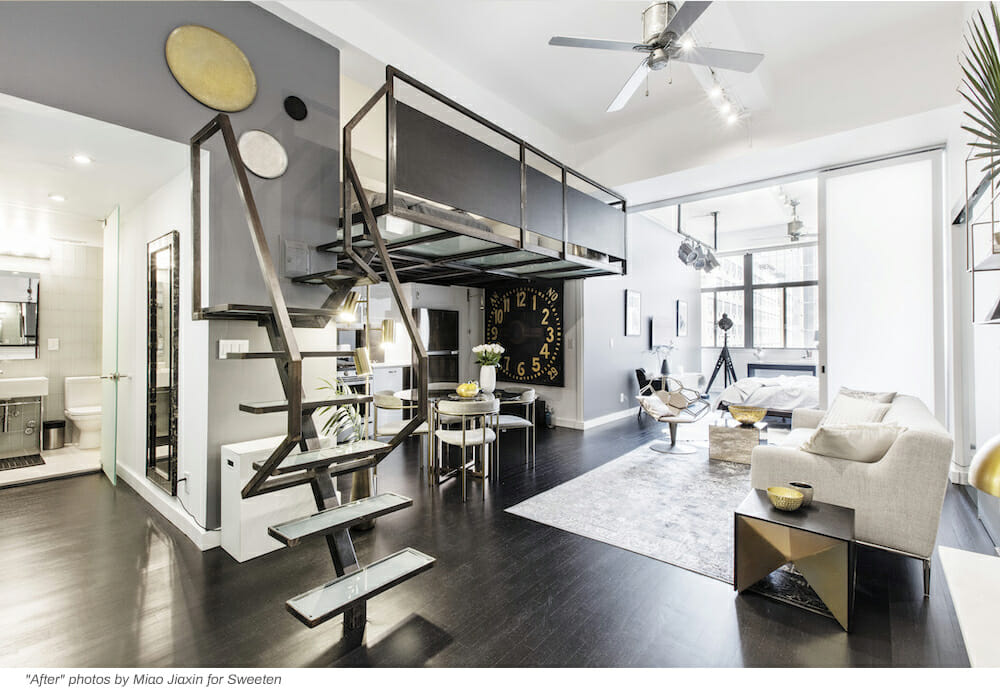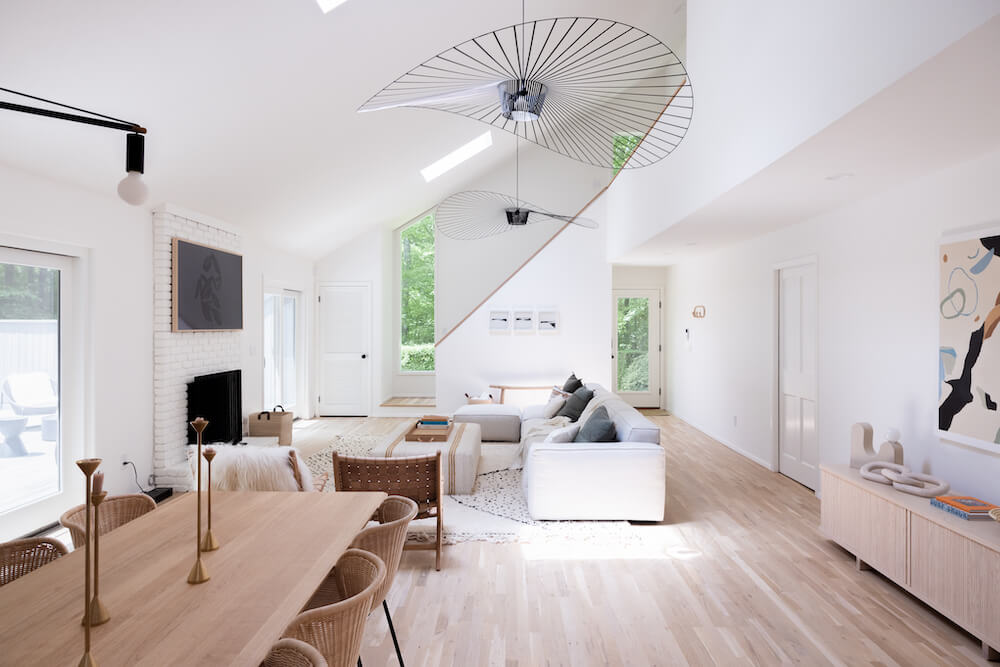Home / Blog / Home Renovation Projects
Warm Up for Fall: Choose the Perfect Fireplace for Your Home
Warm up your home for autumn with a fireplace! As the leaves change and the temperatures drop, there’s nothing quite like the warmth and ambiance of a fireplace to create a cozy and inviting atmosphere. This guide explores the possibilities for adding a fireplace to your existing space, perfect for enjoying the upcoming autumn months.
We’ll delve into the pros and cons of both gas and wood-burning fireplaces, helping you choose the perfect option for your needs and lifestyle. From considering installation factors to exploring design styles, this guide equips you with the knowledge to make an informed decision and transform your home into a haven of warmth and comfort.
At Sweeten, we’re experts at all things general contractors — we pre-screen them for our network, carefully select the best ones for your remodeling project, and work closely with hundreds of general contractors every day. So, we’ve tapped our internal expertise to bring you this guide.
Fireplace renovation costs
Masonry for both a chimney and fireplace renovation, plus the added complexities of structural work, can add up to $20,000 to your renovation bill for a wood-burning fireplace. The cost of a gas fireplace remodel can be as little as $5,000 if your building is already fed with either propane or natural gas, and you’re happy with a metal box fireplace that is prefabricated. If you need to run gas lines to your home or install a propane tank, this could double your bill to more than $10,000. However, that’s still a lot less than the costs for a wood-burning fireplace. A vetted general contractor can lay out your best options.
Winner on cost: Go with a gas fireplace.
Fireplaces as a heat source
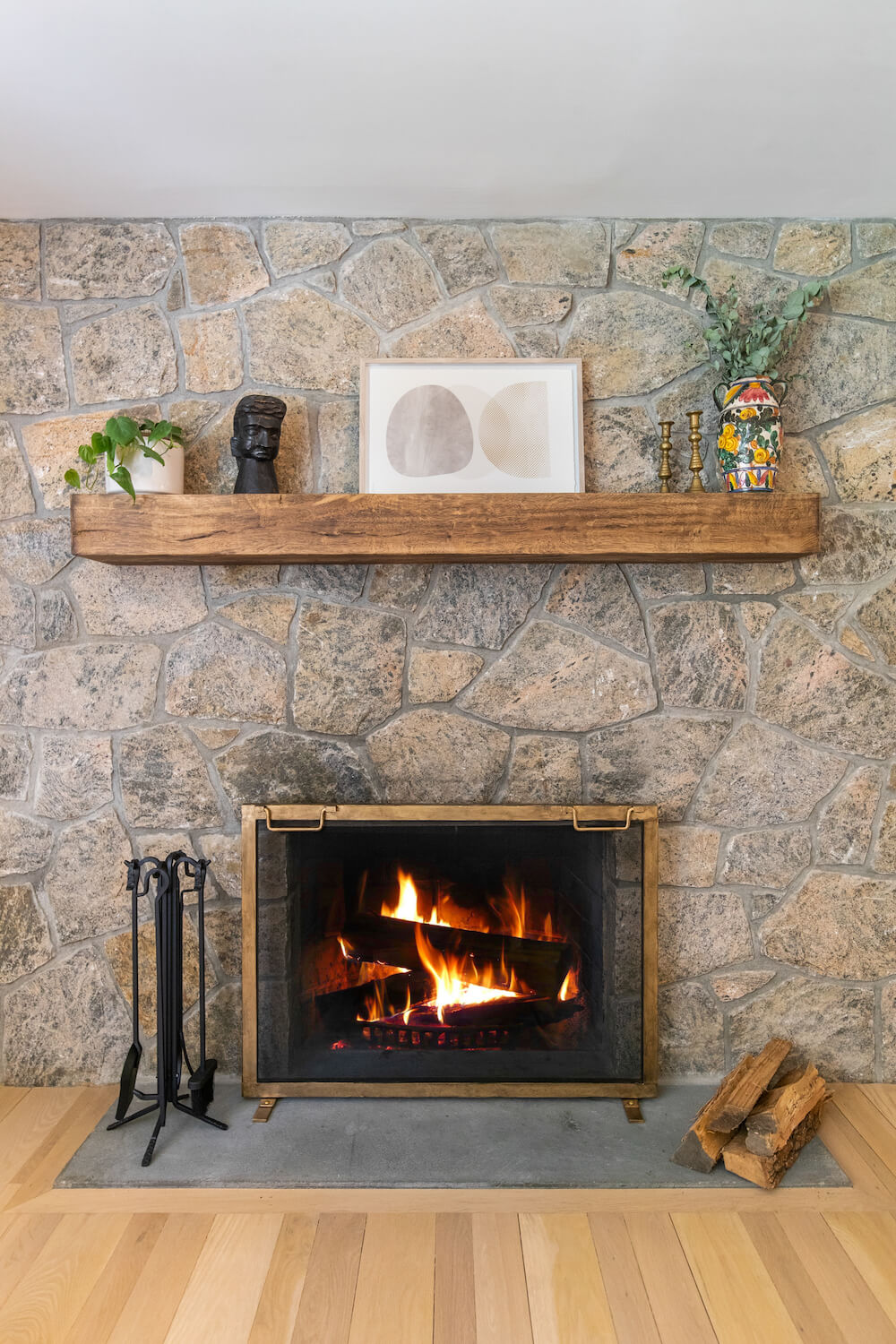
(Above) Sweeten renovation by architect Shana Sandberg
Not all fires are equal when it comes to the heat they can offer. An enclosed wood-burning stove will warm you up much more than its open hearth or gas cousins. An enclosed stove is also more efficient and will burn less wood. Gas fireplaces add more for aesthetics than heat, but are kinder on the environment than wood-burning ones.
Winner on heat: Go with a wood-burning fireplace. Sweeten brings homeowners an exceptional renovation experience by personally matching trusted general contractors to your project, while offering expert guidance and support—at no cost to you. Renovate expertly with Sweeten
Consider the aesthetics
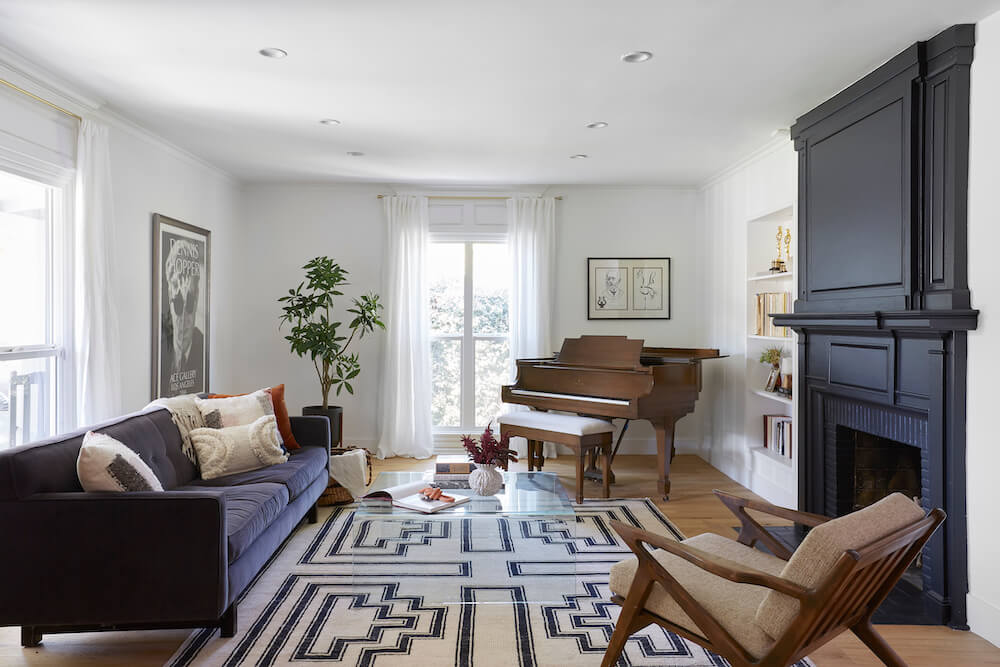
(Above) Sweeten renovators and actor Jaime Ray Newman and Guy Nattiv’s home in LA
Look and function may be equally important to you when a fireplace is the focal point of a room. If you’re after a nostalgic feel (and distinctive scent), there’s nothing better than an open hearth and wood-burning fireplace with a traditional mantle. Gas fireplaces often come with a wood-like formation of steel or ceramics to give the appearance of a real fire, but do not approximate the kind of broad, full, crackling fire that natural wood provides.
Winner on aesthetics: Go with a wood-burning fireplace.
(Above) A shiplap fireplace built for a Sweeten homeowner in Southampton
Permits needed for fireplace renovations
Complicated and time-consuming, permits can pause any project. A wood-burning fireplace remodel (whether it’s an open hearth or something more along the lines of a potbelly stove) will likely require a building permit because of structural elements like installing the chimney. When the installation of a wood-burning fireplace is part of a larger renovation project that will already require a building permit, you can roll the additional permit needed into your process more easily. Post your project and talk to your Sweeten contractor about how this can work for your remodel. But if you aren’t planning a major renovation that already calls for permits, pursuing one just for a fireplace might be unnecessarily complicated.
If your gas fireplace is a simple prefabricated box and if gas lines already run to your home, there’s a chance the project won’t require any permits at all, according to Sweeten’s contractors. However, if there are no pre-existing lines and you’re after the open hearth look of a real fire, you will likely need a building permit for the structural work involved, a plumbing permit for the gas line work, and a mechanical permit for work affecting the heating system of your home.
Winner on permits: Close, but probably a gas fireplace.
What’s more convenient: A gas fireplace or a wood-burning fireplace?
For those who appreciate the convenience of modern technology, a gas fireplace is undoubtedly the winner. With a simple flick of a switch, you can enjoy the warmth and ambiance of a crackling fire without the hassle of lighting wood, storing fuel, or cleaning up soot. Gas fireplaces also eliminate the lingering campfire smell that can often persist after using a wood-burning fireplace.
While gas fireplaces offer convenience, wood-burning fireplaces have their own unique appeal. The crackling sound of burning wood, the dancing flames, and the natural scent create a truly authentic and cozy atmosphere. Additionally, wood-burning fireplaces can provide a sense of connection to traditional heating methods and a more rustic aesthetic.
Tips for choosing the right fireplace:
- Consider your lifestyle: If you prefer a low-maintenance option, a gas fireplace might be the best choice. However, if you enjoy the ritual of lighting a wood fire, a wood-burning fireplace could be more appealing.
- Think about your home’s style: Gas fireplaces come in a variety of styles to suit different home aesthetics. Wood-burning fireplaces can add a traditional or rustic touch to your space.
- Factor in installation costs: Gas fireplaces generally have lower installation costs than wood-burning fireplaces, as they do not require a chimney.
- Check local regulations: Some areas have restrictions on the type of fireplaces that can be installed. Be sure to check with your local building department before making a decision.
- Consider maintenance: Wood-burning fireplaces require regular cleaning and maintenance to ensure safe and efficient operation. Gas fireplaces are generally easier to maintain.
Ultimately, the choice between a gas and wood-burning fireplace depends on your personal preferences and lifestyle. By carefully considering these factors, you can select the perfect fireplace to enhance your home’s warmth and ambiance.
Ready to get started?
Post your project on Sweeten for free and make your cozy living room a reality. Sweeten puts you in control of your renovation, from finding the perfect contractor and gathering design inspiration, to using cost guides to plan your budget wisely.
FAQs
No, you don’t need wood for a gas fireplace. Gas fireplaces use natural gas or propane as fuel, and they come with realistic-looking ceramic or refractory logs that mimic the appearance of a wood fire
Yes, you can convert a wood-burning fireplace to gas. This involves installing a gas log set or a gas fireplace insert. It’s important to hire a qualified professional to ensure safe installation and operation.
Electric fireplaces are generally more energy-efficient than traditional wood-burning fireplaces. They produce less heat loss and can be more easily controlled. However, they may not provide as much heat output as gas or wood-burning fireplaces, especially in larger rooms.

